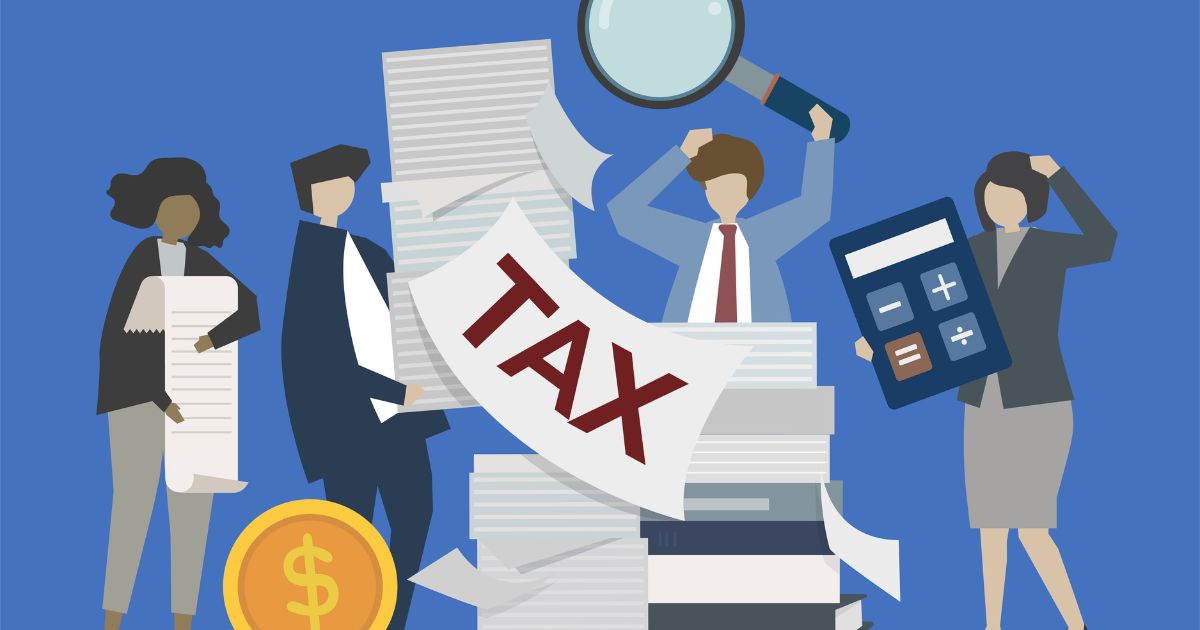The government has claimed a significant reduction in the tax burden on middle-class individuals earning less than ₹20 lakh annually over the past decade, while the tax contributions from high-income earners (above ₹50 lakh) have surged. This shift is attributed to evolving tax policies, enhanced compliance, and streamlined processes.

Key Insights from Income Tax Data
-
Increased Contributions from High Earners
- The number of taxpayers earning over ₹50 lakh annually grew fivefold, from 1.85 lakh in 2013-14 to 9.39 lakh in 2023-24.
- Their tax liability rose 3.2 times, from ₹2.52 lakh crore to ₹9.62 lakh crore, accounting for 76% of the total income tax collected.
-
Middle-Class Tax Relief
- For individuals earning less than ₹10 lakh annually, their share of the tax burden dropped from 10.17% to 6.22%.
- Adjusted for inflation, this represents a 60% decline in tax liabilities over the decade.
-
Tax Exemption Threshold Expansion
- A decade ago, individuals earning above ₹2 lakh annually were taxed. Today, income up to ₹7 lakh is tax-exempt under the new tax regime.
- Average tax liability for these individuals in 2023-24 stood at ₹43,000, among the lowest in emerging economies.
-
Rising Tax Filers and Compliance
- Individual income tax returns increased by 121% over the past decade, reaching 7.97 crore in 2023-24.
- The number of individuals with taxable income exceeding ₹1 crore grew fivefold, with the salaried class comprising 52% of this group.
The Road Ahead: Simplifying and Broadening the Tax Net
While the increase in tax filers and revenue is commendable, challenges persist. Taxpayers face complexities due to numerous exemptions, deductions, and rebates under the Income Tax Act. Simplifying tax brackets and filing processes remains a priority.
Calls for Middle-Class Relief and Reforms
Experts urge extending tax relief to the middle class to stimulate private consumption and domestic demand. Simplification of tax rates and structures is critical to reducing compliance burdens.
Expectations for Budget 2025
Substantive income tax reforms have been elusive so far, making the upcoming Union Budget 2025 a critical opportunity for transformative changes. The government must strike a balance between offering tax relief and mobilizing revenue, ensuring sustainable economic growth.
This decade-long evolution of India’s tax landscape underscores the need for continued reforms to maintain momentum and foster a taxpayer-friendly system.





 CAclubindia
CAclubindia

